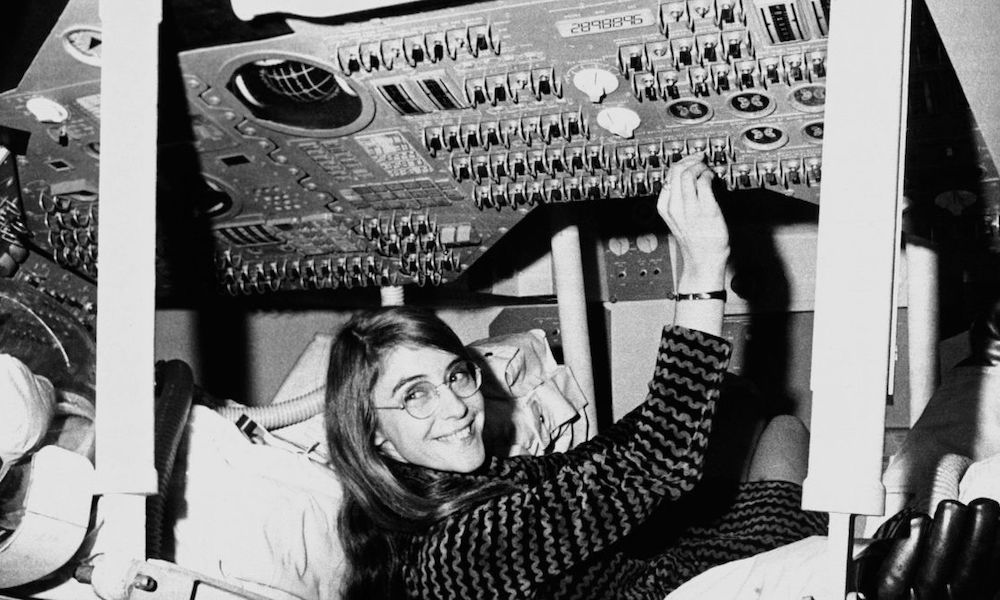Your iPhone Is 120 Million Times+ More Powerful Than the Computer That Sent Men to the Moon
 AP
AP
Toggle Dark Mode
Your iPhone is an incredibly powerful device – but to understand just how powerful an iPhone is today, it may be helpful to look back at computing’s history.
With the 50th anniversary of the Apollo 11 mission coming up on July 20, several publications have taken to comparing the guidance computer that helped get astronauts Buzz Aldrin and Neil Armstrong to the moon with the consumer-grade handheld device you have in your pocket.
The difference between the two computers is pretty stunning.
Just take a look at the overall specifications for an iPhone and the Apollo 11 Guidance Computer, as University of Nottingham computer science professor Graham Kendall did in a piece for The Conversation.
- The Apollo 11 Guidance Computer had only 32,768 bits of RAM.
- Modern iPhones have can have up to 4 gigabytes of RAM — or 34,359,738,368 bits.
That means the iPhone has more than 1 million times more memory than the computer that sent humans to the moon.
“A single alphabetical character — say an ‘a’ or a ‘b’ — typically requires eight bits to be stored,” Kendall wrote. “That means the Apollo 11 computer would not be able to store this article in its 32,768 bits of RAM.”
Kendall compared physical storage too.
- The Apollo 11 computer had 72KB of read-only memory (ROM).
- An iPhone can have up to 512GB of storage, meaning it can store roughly 7 million times more data.
When it came to processing power, the Apollo computer ran at 0.43MHz — about 100,000 times slower than the latest iPhone’s 2,490.
ZME Science’s Tibi Puiu also compared the processing power of the Apollo 11 computer with an iPhone — albeit a specific handset that’s fairly outdated by today’s standards.
Apple’s A8 chip architecture can hold about 1.6 billion transistors which are capable of processing 3.36 billion instructions per second. That’s 120 million times faster than the Apollo’s computer.
“You wouldn’t be wrong in saying an iPhone could be used to guide (120 million) Apollo-era spacecraft to the moon, all at the same time,” Puiu wrote.
Of course, Puiu points out that it might be an unfair comparison — akin to comparing a modern fighter jet to the first airplanes that the Wright Brothers pioneered.
“Sure, both could fly but the two are technologically speaking worlds apart,” Puiu wrote.
All of this should make you more impressed with the iPhone as a computing device. But the gap also illustrates just how much of a feat of science and engineering the Apollo moon mission was.
An iPhone makes the computer that sent astronauts to the moon look bad, but the team at NASA still did it. With the 50th anniversary of the Apollo 11 mission looming, you should be more impressed by that.






